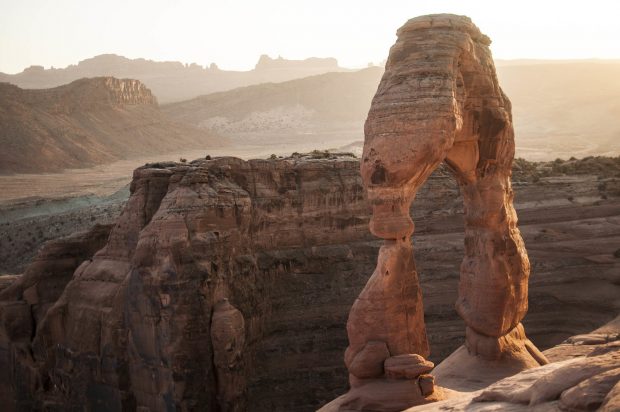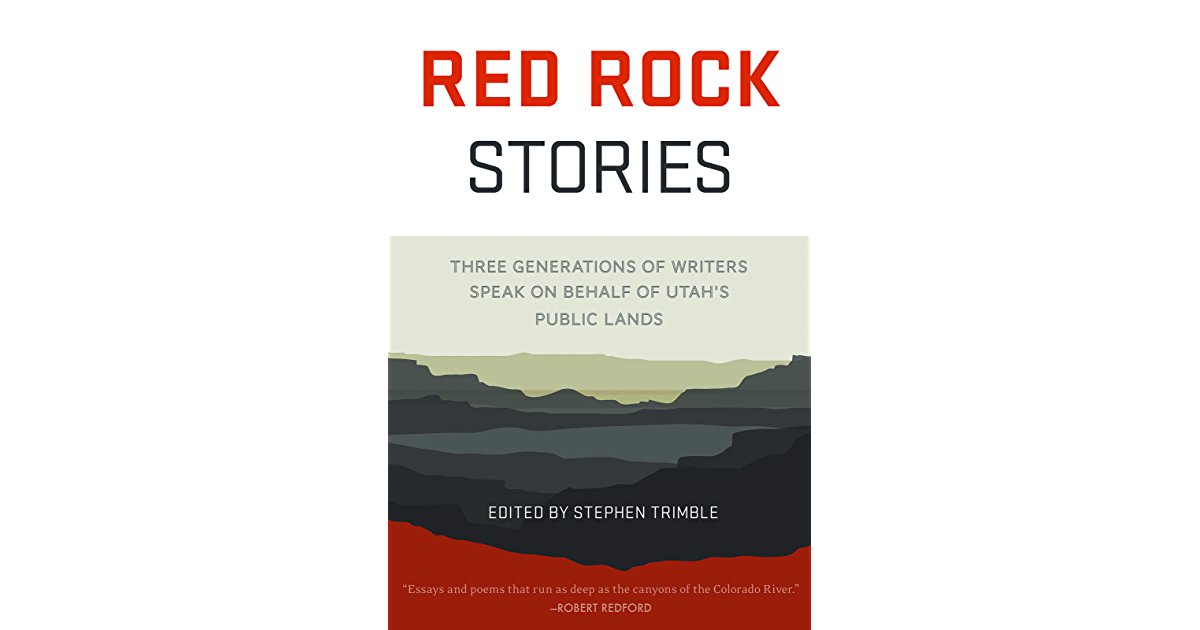Fighting for Bears Ears: The Freedom of Restraint
categories: Cocktail Hour
1 comment
 The Harasser-in-Chief is heading to Utah today to announce that he’ll shrink Bears Ears and Grand Staircase-Escalante national monuments, possibly by as much as 85%. According to the Southern Utah Wilderness Alliance, this will be “the largest rollback of protected areas in U.S. history” and “an appalling affront to Native American tribes who sought healing and cross-cultural understanding through protection of their sacred sites and ancestral homelands.”
The Harasser-in-Chief is heading to Utah today to announce that he’ll shrink Bears Ears and Grand Staircase-Escalante national monuments, possibly by as much as 85%. According to the Southern Utah Wilderness Alliance, this will be “the largest rollback of protected areas in U.S. history” and “an appalling affront to Native American tribes who sought healing and cross-cultural understanding through protection of their sacred sites and ancestral homelands.”
A year ago I was part of a group of writers who contributed to a chapbook, edited by Stephen Trimble and put out by Torrey House press, that was distributed to congress and other decision-makers in the build up to President Obama declaring Bears Ears a National Monument. To find out more about the project click here. And I’ll post some more information about the book below.
Here was my offering:
The Freedom of Restraint
I remember the moment exactly and I remember the word that came with the moment. The word that the moment all but summoned:
Freedom.
For me, for many Americans it is a word that has had any true meaning hammered out of it by rhetoric and commercialism. It has been worn down and out by too many truck commercials and blowhard politicians, a fine and shining word now left behind on the ground like an old soda can.
But now it was back–filling my mind.
It wasn’t a bomb bursting in air that revived the word for me but falling water. The rain had come down in Utah’s red rock desert, a thing made even more beautiful by rarity, a thing I had been waiting all week for, praying for really, and now here it was sliding down the rock chutes that rains from years before had created over eons. I stared up at a huge limestone chute, fifty feet above me, which, during the rains, served as a water slide. At the feet of the chute was a slimy pool from remnant rains. Ferns bearded its edge, hanging down, green against red. Water landed on rock with a ferocious splatter, shaking the maidenhair ferns, hackberry and buffalo berry plants, and splashing between a white oak and gambol oak, a whole tiny oasis that had grown up here just for occasions like this. I ducked my head under the water and soaked myself and I started laughing.
I can’t pretend my first thoughts at that moment were of grand ideals. I was filled with a giddy wild happiness, a sense of being unrestrained, a feeling that it was good to be an animal on planet earth. It wasn’t until later, sitting around the fire, that my mind expanded with the night. I thought about how smart, how wise, our forebearers had been to have the foresight to claim a place like this, not for any individual or corporations profit, but for all of us, every American. It’s possible that my sense of intoxication was due to the beer I was drinking but I don’t think so. I think it was due to understanding, for the first time, what a stroke of genius putting aside land like this had been, and that the day I had just experienced, the wild freedom of it, had been the consequence of others coming before me not doing something.
The myths of western land are myths of freedom. Wallace Stegner wrote: “Lawlessness, like wildness, is attractive, and we conceive the last remaining home of both to be in the West.” Yes: we come to places like this for that feeling of wildness, of lawlessness, the sense that we can do what we want and do it on our own. Those who want to take public land out of our hands, out of the people’s hands, pepper their sentences with images of throwing off the shackles of the federal government and taking back their land. This is freedom of a sort but it is freedom for the few, impinging on the freedom of the many.
Championing restraint will never be as sexy as championing its opposite. But what I felt that day, under the water and later around the fire, was what I can only call the thrill of restraint, the excitement of it. Putting land aside for parks was, to paraphrase Stegner paraphrasing Lord Bryce, the best idea our country ever had. Quiet recreation—mountain biking, hiking, river rafting, backpacking, fishing, even, relatively speaking, hunting—brings almost a billion dollars into Utah each year, but it goes far beyond that. We define ourselves by our decision to keep land open to all. We say “We are not chattel; we are not slaves; we do not make our every decision serve the powerful and ever-grinding economic machine.” We say, in short, we are free.
Here is what I thought sitting in front of the fire: the best thing about being an American is having places like this. Here freedom becomes more than a jingoistic word used to wage war and sell trucks. And if we let these places of freedom get swallowed up they are not coming back, and those who come after us, playing on their futuristic screens and looking at some virtual image of a waterfall splattering on red rock, will never know the feelings we felt. That is the irony of freedom. The only way for others, for our children and grandchildren, to experience the crazy, gleeful, youthful, mad feeling that I experienced, is if we are calm, restrained and wise. This is a grown up version of freedom. This is the freedom of restraint.
RED ROCK STORIES: THREE GENERATIONS OF WRITERS SPEAK ON BEHALF OF UTAH’S PUBLIC LANDS



I’m an activist & it’s troublesome to me that the unconscionable decisions & actions of DJT, his Adminstration & US Republican majority & Utah state governor , Utah Congress, Mayor of this area – oil rigging & drilling, gas pipelines, land leveling excavation & mining &’extraction corporation or companies & investors will benefit financially in $Bs. The towns & these beautiful USA landscape & landmarks & its waterways & other environments will be poisoned, dessimated & destroyed. Including wildlife & fish & plant life etc will be gone. Dramatic negative climate changes will occur.
Indigenous Indians property stolen again & ftheyre further disrespected & harmed by racists & bigots.
Plus the nonunion workers won’t be protected, won’t be paid similarly as union employees, work longer days; zero healthcare or injury benefits. EPA isn’t protecting squat. Wondering if Utah is s Right to Work State – anti union?
DTJ has promised great & massive amounts of jobs, & a quickly growing economy exponentially. And a Benefit to All. However, no one will benefit but the top 1-10 % wealthy.